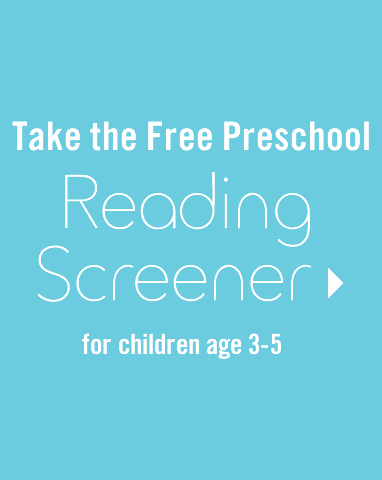In this book, a busy little toddler shows the ways that his world can be quiet and loud. The funny illustrations and true-to-life situations will be familiar to any child. The examples of opposites, plus the word list pages at the end, are great for vocabulary building.
Before, During and After Reading
Read the title of the story and use movement to demonstrate the difference between quiet and loud. Say the word “quiet” in a soft whispery voice and clap your hands together so softly that you cannot hear a sound. Next, say the word “loud” and clap your hands together loudly to demonstrate “loud.” Repeat this activity a few times and see if your toddler starts to copy you by using a whisper voice for quiet and clapping softly and then using a loud voice and clapping loud.
Change your voice as you read the words in the story.
- To emphasize quiet, read the quiet pages in a soft voice and put your fingers on your lips.
- To emphasize loud, read the loud pages in a louder voice and put your hands over your ears.
Act out quiet and loud using the words in the story.
For example, when you read about the fish, you might flap your hands like they are fins and pretend you are swimming quietly in the water. Fishies are quiet, let’s swim quietly like a fish.
When you read about the dog, you might say, Doggies are loud. Can you bark loudly like a dog?
Talk and listen for noisy and quiet when you are driving in the car, are outside or when you are playing with toys together.
- If something is quiet, place your finger over your lips and talk in a whispery voice. You might say: “This is a pillow. A pillow is very quiet.”
- If something is noisy, place your hands over your ears and talk in a loud voice, “This is a whistle. A whistle is very loud.”
Remember to take notice and bring to your child’s attention all the things throughout your day that are noisy and quiet.
If your child enjoys this book, look for more titles by Leslie Patricelli, including Binky, Baby Happy Baby Sad, and Yummy Yucky.








